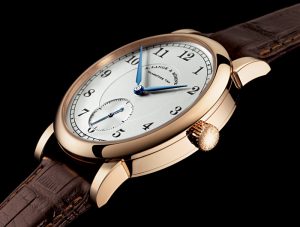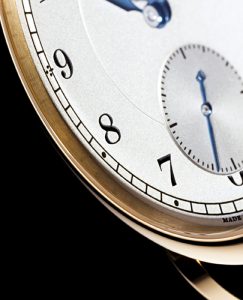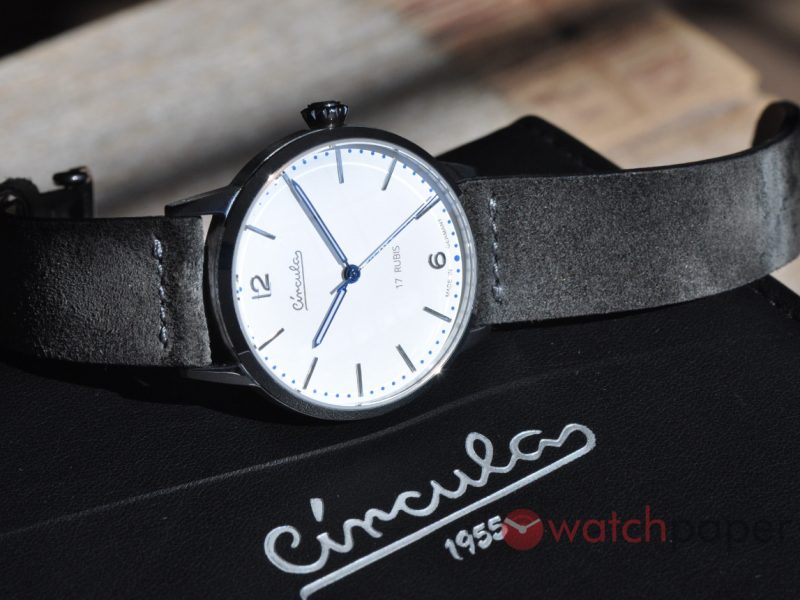A. Lange & Söhne, Perfection in Every Detail: The New 1815
Glashütte, April 2009 – Whether they are simple or complicated, all watches by A. Lange & Söhne are made according to the same high quality standards and display the same degree of flawless craftsmanship. One of them is the new 1815, which was presented at this year’s Geneva Watch Salon SIHH – a simple three-dial watch made in the best Lange tradition that will be available soon.
More than 60 highly qualified Lange employees – called finishers – focus exclusively on the finishes of parts made in Lange’s own workshops. They are proficient in all finishing techniques for metal surfaces, even some that had already been forgotten. When the brand was re-established in the 1990s, these techniques were painstakingly recreated, in order to instruct new team members. It takes a qualified watchmaker at least two years to master all cuts and polishes.
The flat polish on the escape wheel and escape wheel plate of the 1815, for example. The finisher creates the mirror finish by rubbing the part on special foils treated with a layer of diamond dust. In order to produce an absolutely flawless flat polish, the part is mounted on a small disc of elder pith and slid across the foils in a figure-eight movement. The finisher uses three foils with increasingly fine grains, down to just 0.5 micrometres. At first glance, it looks easy. But even the most talented finisher needs at least six months of practice before he or she has mastered the flat polish with consistent results. In addition, each step requires the utmost cleanliness. A single speck of dust is enough to ruin the work of several hours.
Chamfering is another example. The outer edges of the three-quarter plate in German silver are broken at an angle of 45 degrees and polished with paste and a rotating wooden disc. Lange tested dozens of different materials to find that limewood is the perfect carrier for the polishing paste if the part is made from German silver. Another challenge for the steady hand of the finisher: The chamfer must be exactly 0.2 millimetres wide along the entire length of the edge. Even the edges of the smallest openings, such as the one for the winding spring, are finished with this complex technique.
Many other finishing techniques, such as circular graining, band ribbing, linear finish, sunray finish, and perlage, are combined in the movement of the 1815, turning it into a small work of art. The result is an aesthetic composition of different material colours and textures. Polished surfaces and edges create beautiful reflections that can also be viewed through the sapphire crystal back, warming the heart of any true watch aficionado.
For further information:
Lange Uhren GmbH – Arnd Einhorn – Altenberger Strasse 15 – 01768 Glashuette – Germany
Phone: +49 (0)35053 440 – Fax: +49 (0)35053 445039 – Email: presse@lange-soehne.com – www.lange-soehne.com




